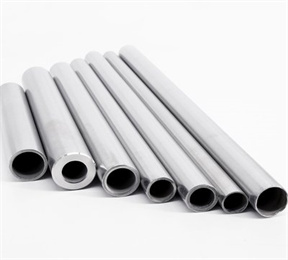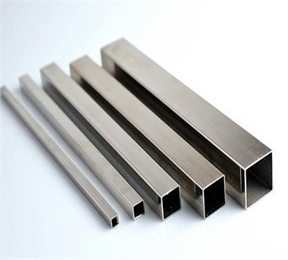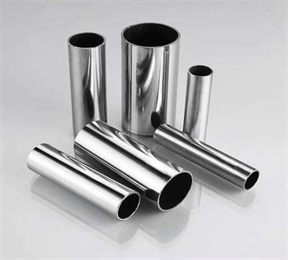The ability of metallic materials to resist indentation of hard objects is called hardness. According to different test methods and application range, the hardness standards of sanitary stainless steel precision pipes can be divided into Brinell hardness, Rockwell hardness, Vickers hardness, Shaw hardness and microhardness.
1. What are the characteristics of high hardness pipe of sanitary stainless steel precision pipe?
Quenching, tempering and annealing can be used for high hardness pipes. When hardness increases, tensile strength and yield strength increase, while elongation, section shrinkage and impact energy decrease. In addition, the corrosion resistance of high hardness pipe mainly depends on the chromium content. The carbon in steel indirectly affects the corrosion resistance of steel by forming stable chromium carbide with chromium. Therefore, the lower the carbon content, the higher the corrosion resistance, and the order of corrosion resistance and strength is reversed. Therefore, when processing high hardness products, in order to improve the strength and hardness of sanitary grade stainless steel precision tube, the carbon content will increase, leading to the reduction of product plasticity and corrosion resistance. Therefore, the corrosion resistance of products processed by sanitary grade stainless steel precision tubes is poor.
2. What is high hardness stainless steel material?
High hardness stainless steel materials are usually martensitic stainless steel and precipitation-hardened stainless steel. Standard martensitic stainless steels are: 410, 414, 416, 416(SE), 420, 431, 440A, 440b and 440C, with magnetic properties. Type 440 is one of the hardest stainless steels with high yield strength and hardness up to 58hrc after proper heat treatment. Typical materials for precipitation-hardened stainless steel include 0Cr17Ni4Cu4Nb, 0Cr17Ni 7Al and 0cr15ni25ti2movb. After treatment, precipitation hardened steel can also reach about 40HRC.
3. What processes can be used to improve the hardness of sanitary stainless steel precision tube?
In order to improve the hardness of ordinary stainless steel, the following three process methods can be used: quenching, carburizing and nitriding. The hardness is usually increased by means of technology without changing the material.
The purpose of quenching is to make the supercooled austenite undergo martensite or bainite transformation, obtain martensite or bainite structure, and then temper at different temperatures, to greatly improve the stiffness, hardness, wear resistance, fatigue strength and toughness of steel.
Carburization is the process by which carbon atoms penetrate the surface layer of steel. The surface layer of a low carbon steel workpiece is also made to have a high carbon steel surface layer. After quenching and low temperature tempering, the workpiece surface layer has high hardness and wear resistance, while the central part of the workpiece still maintains the toughness and plasticity of low carbon steel.
Nitriding is a chemical heat treatment process in which nitrogen atoms penetrate the surface layer of the workpiece in a certain medium at a certain temperature. On the one hand, the nitrogen that seeps into the steel forms ferric nitride with different nitrogen contents from the outside to the inside. On the other hand, it combines with alloying elements in steel to form various alloying nitrides, especially aluminum and chromium nitrides. These nitrides have high hardness, thermal stability and high dispersion, so steel nitride parts can obtain high surface hardness, wear resistance, fatigue strength, bite resistance, resistance to atmospheric and superheated steam corrosion, tempering softening resistance, and reduced notch sensitivity.


